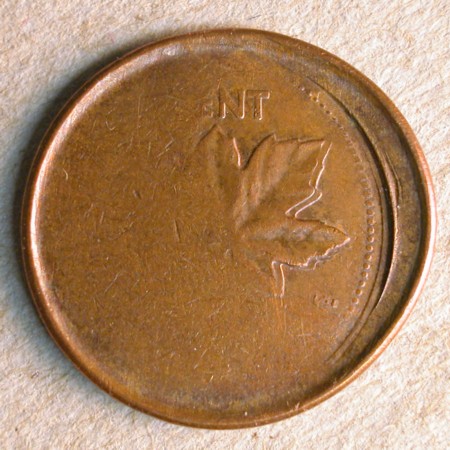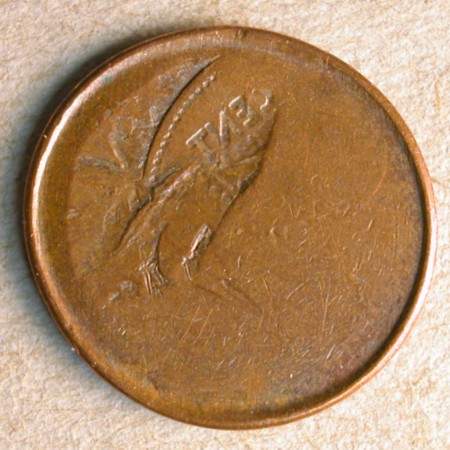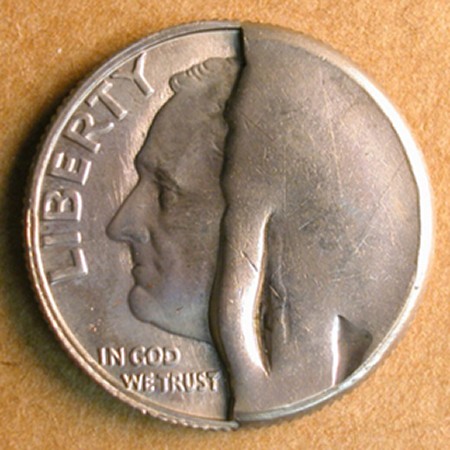Compound and Complex Errors
This section is dedicated to errors that just do not fit into one category because of their compound nature or complexity. You will also find error coins that are of a spectacular or very unusual nature.
|
|
|
|
This 2.5 gram The obverse |
|
|
|
|
This undated |



